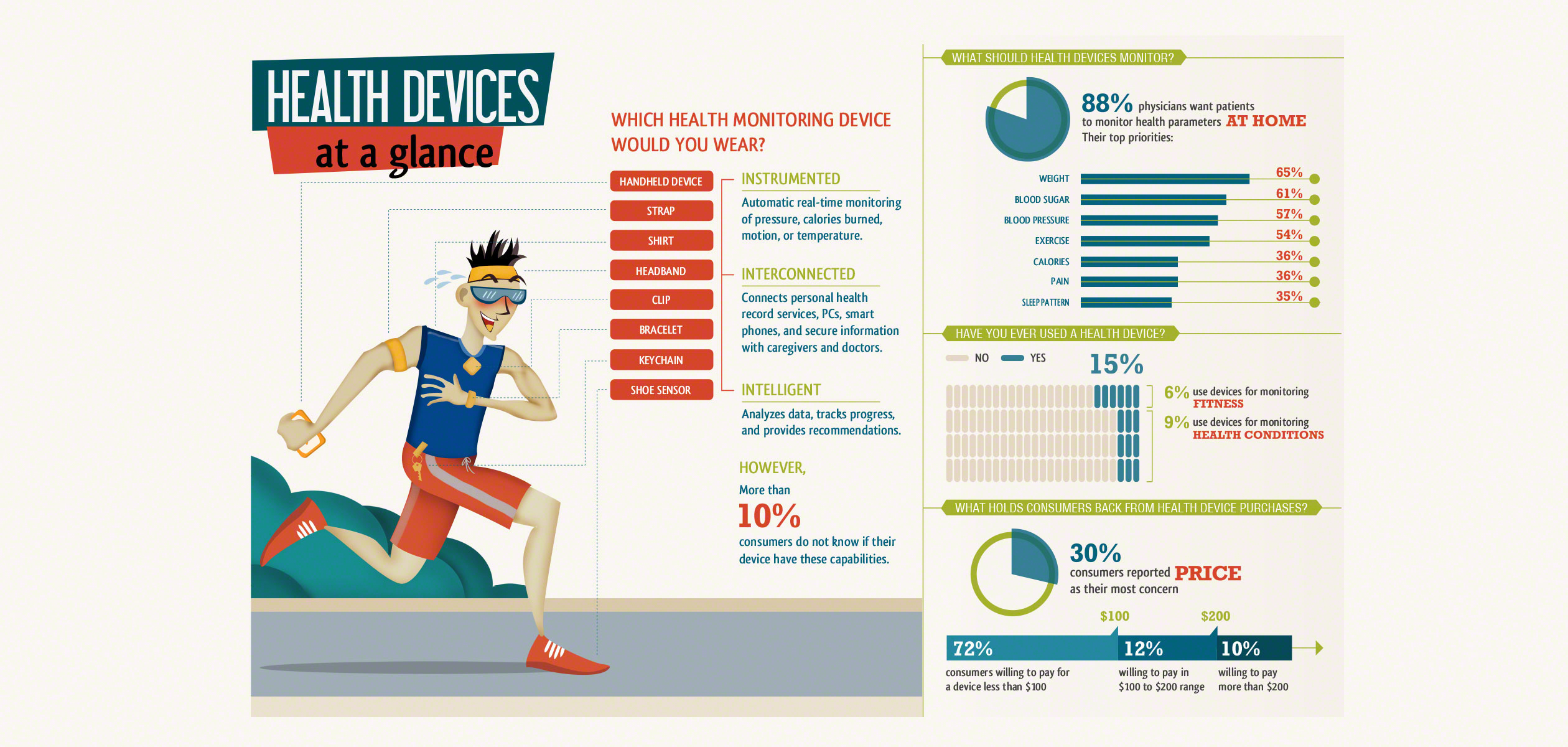Today’s technology allows heart patients to monitor their own health changes and be proactive in caring for themselves. I believe we are on a medical breakthrough using the internet and new technologies. In the past one would have to go to their doctor and report transient changes in blood pressure, heart arrhythmia – (palpitations) out of range blood sugars, etc. The modern healthcare approach is to then order several very expensive tests in hopes of capturing the data and then making changes to the patients care plan once there is evidence of the changes. Today’s rapidly emerging technologies now allow patients to capture this information with home devices which cost much less than the tests ordered by our modern healthcare system.
Let’s look at heart rhythm monitors as an example. Atrial fibrillation is a very common heart rhythm problem, and for many patients they will go in and out of this rhythm. They may feel the heart racing, skipping beats, or feel shortness of breath and fatigue when the rhythm is abnormal. If A fib is dangerous immediate care can be initiated and then managed with blood thinners to decreased risk of stroke. Therefore it is worth monitoring and catching it earlier vs. later. There are now monitors one can purchase for about $200 that would capture the rhythm put it to memory, then you can send to your physician electronically. Other heart arrhythmia that can be detected and managed this way include heart blocks, abnormally slow heart rhythms, tachycardia – fast heart rhythms. The modern course is to order a holter monitor or an event monitor. The holter monitor is worn for 24 hours or more, then it takes up to two weeks for it to be interpreted dictated and the reports received and acted on by the ordering physicians. Event monitors are placed below the skin and worn for 30 days or more. Consider given the progressive nature of heart problems, that these tests are not usually run only one time on an individual over the course of their life.
| HOLTER MONITOR SCANNING |
$312.00 |
|
| HOLTER MONITOR RECORDING |
$345.00 |
Handheld home devices purchased for about $200 can be used by the patient with little education,and a plan of care is devised between the patient and the physician.. This could potentially allow you to manage their issues more in a much more convenient and timely manner. The device is owned by you and thus can be used over many years. Below is the typical physician algorithm for managing arrhythmia’s.

With today’s hand held monitors available at a cost of approximately two hundred dollars, patients can capture the irregular rhythm when it occurs, save the data, report it to physicians and have their care evaluated much quicker – provided they can get an appointment with their healthcare practitioner. Wouldn’t it be even better to be able to transmit the information to the physicians email, and then be triaged based on the data?
The problem is $$$$$$$, and the medical system in the US is slow to adopt change. If it cuts in to the profit of healthcare it isn’t likely to be adopted. This a role where I believe mid level practitioners like PA’s, CNA’s can play a role in triaging care, as the current work demand doesn’t allow most physician the time to undertake electronic care of patients. It may take patients to make the change, those who are under insured, uninsured, or have significant financial obstacles which impede access to traditional care.
On a side note I really enjoyed Eric Topol’s book The Creative Destruction of Medicine. It makes one think about how medicine can change practice models.
With personal technology, doctors can see a full, continuously updated picture of each patient and treat each individually. Powerful new tools can sequence one’s genome to predict the effects of any drugs, and improved imaging and printing technology are beginning to enable us to print organs on demand. Topol offers a glimpse of the medicine of the future—one he is deeply involved in shaping.
Below are a couple of examples of how patients can control and manage their health data:
http://www.misfitwearables.com/health_device_at_a_glance

http://online.wsj.com/article/SB10001424052702303404704577311421888663472.html



http://www.favoriteplus.com/easy-ecg-handheld-monitor-fp180.php


















